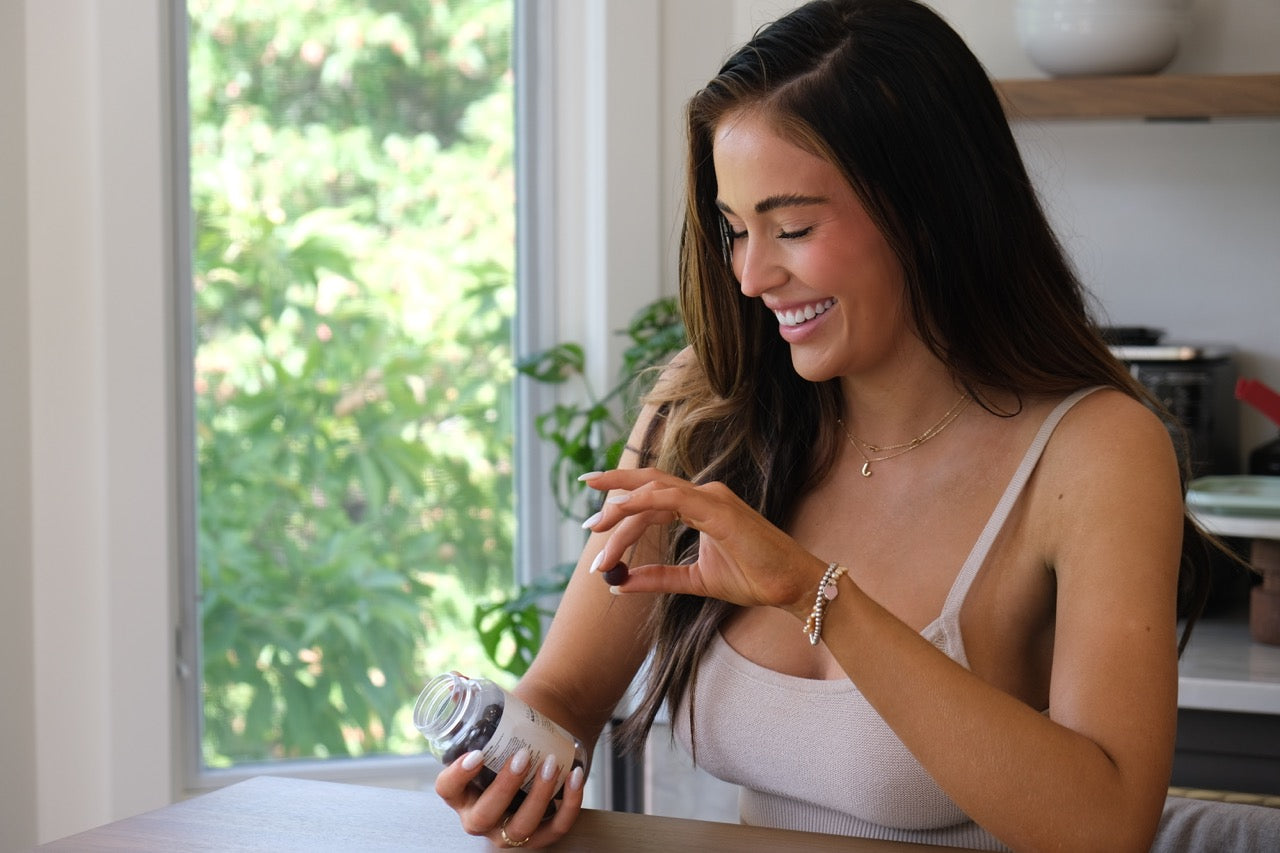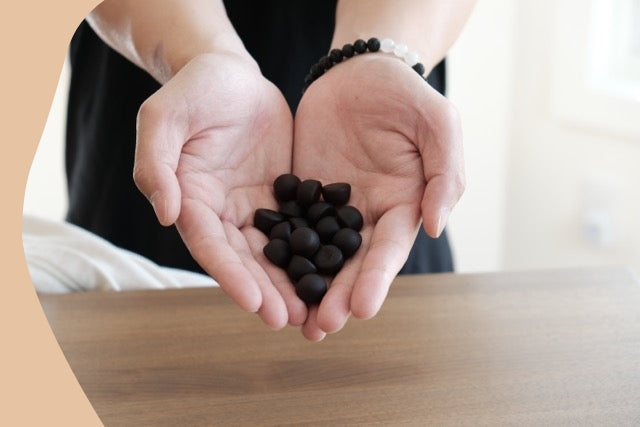
5 Simple Ways to Start Composting at Home
Composting at home is a great way to show mother nature some love and reduce landfill waste. Depending on your living situation and the facilities in your community, you may have access to a compost bin or have enough space to build your own composter in your backyard.
DIY composting is a great way to give back to mother nature. After all, she gives so much to you! Here are five simple ways to start composting at home.
Composing in Living Spaces Without a Yard
Learning how to compost sounds like an incredible task. But it’s really quite simple to start composting your food scraps at home - whether you live in a small space, like an apartment, or a bigger indoor space without a yard.
Method 1: Freezer Collection
Collecting food scraps in the freezer is a great way to get into composting if you live in a small space that provides compost collection services.
You only need 3 things to get started:
- A small container
- A plastic bag
- A freezer
Clear some space in your freezer so that you can fit a small container, like a shoebox, inside. Line the shoebox with a plastic bag, and you’re ready! Now you can start collecting your mouldy bread, eggshells, and meal trimmings.
Collecting your scraps in the freezer keeps the food from stinking up your small space, and you also won’t have to deal with pesky fruit flies! When your compost “bin” is full, bring it down to the communal compost service in your area.
Method 2: DIY Mini Compost
If you live in an apartment or small space that doesn’t provide composting services, you can DIY your own mini compost bin in just a few easy steps. All you need is a small container with a lid, electric drill, nylon mesh screen, glue, dirt, and ripped newspaper.
Step 1: Drill four of five holes across the width of the lid in a straight line. Air is necessary for composting to happen.
Step 2: Cut a strip of nylon mesh (or some old nylon stockings) the large enough to cover the holes you drilled in the lid. Apply glue in a rectangle around the holes, and carefully press the nylon on to cover the holes. This will prevent fruit flies and other bugs from getting in and out of the bin.
Step 3: Place some dirt in the bottom of the container, then cover the dirt with some shredded newspaper.
Step 4: Close the container and start collecting your kitchen scraps! Go ahead and add things like coffee grounds, tea leaves, fruit and vegetable peels, and eggshells to your indoor compost. Cutting your scraps and peels in small pieces will help them break down easier.
Tip: Avoid putting meat, oils, bones, and dairy in the compost bin, as these won’t break down as quickly and can produce odors that attract all sorts of unwanted furry friends.
Method 3: Countertop Compost
This method is suitable for anyone with just enough counter space for a commercial composter. You can buy tons of compost bins online in a variety of styles. Most styles are small, discrete, and quite good at keeping foul odors out of your kitchen.
Ways to Begin Composting in Outdoor Spaces
If you have a larger space with a yard, here are a few ways for you to get started on composting at home.
Method 4: Build a Worm Bin for Your Yard
If you’re lucky enough to have a yard, here is your next DIY composting project: a completely sustainable worm composting bin. All you need is a large container, soil, tons of newspaper, composting worms, and water.
Step 1: Using a simple solution of water and vinegar, clean and dry a large container. You could use an old storage bin, build a wooden box if you’re craft, reuse a fish tank… you get the idea! Be sure to make note of the volume of your container so you know how many worms you’ll need in step 3.
Step 2: This is important: you need composting worms known as red wiggler (Eisenia fetida) and red earthworms (Lumbricus rubellus). These worms are very happy in a composting bin and are easy to care for.
These worms eat about half of their weight every day. The number of worms you need is twice the amount of daily food waste you have. It will take 800 grams of worms to eat 400 grams of food waste in a day (average amount for a family).
Step 3: Prepare bedding with one inch of shredded, damp, black & white newspaper. The newspaper should be quite damp, but fluffy (not packed) so the worms can breathe, and a few cups of potting or good rich soil. The newspaper should be mostly covered, with a few strips visible.
Step 4: Add the amount of works needed for your bin.
Step 5: Feed, water, and fluff your worms every 2 to 3 days. Bury food scraps (Again, no meat, bones, oils, or dairy products!) within the bedding. Keep the bedding, worms, and buried food scraps covered with a dry sheet of newspaper to maintain the moisture. Cover the container with a lid or something lid-like to keep bigger critters out. The lid should have drilled holes so that the worms can breathe.
Note: Remember to water and feed and fluff your worms regularly! This method is not suitable for extreme climates.
Method 5: Backyard Composting – a Gardener’s Delight!
Did you know that you can make a compost pile right on the ground? All you need is a designated space where your backyard branches, leaves, grass clipping are piled together in a heap with kitchen scraps.
Ideally, the compost pile is placed directly on the earth, out of the way, and in a sunny spot. The worms in the ground, the sun, and the rain will take care of everything else. If you want, you can add potting soil or mulch to your pile to magically transform it into food for you’re your garden project. This method will enrich the earth and take care of your food waste in a sustainable way!
Note: This composting method best for larger, enclosed properties. Meat and bones may attract wildlife, so avoid unless you want these critters in your yard!
Get in Touch with Nature
No matter where you live, it’s possible to grow more familiar with your natural side. DIY composting isn’t that hard (in other words, you might as well start and give this earth a little something back!).
How else can you take care of mother nature and this beautiful earth? Check out this article on conscious consumption and this article on conserving energy!






